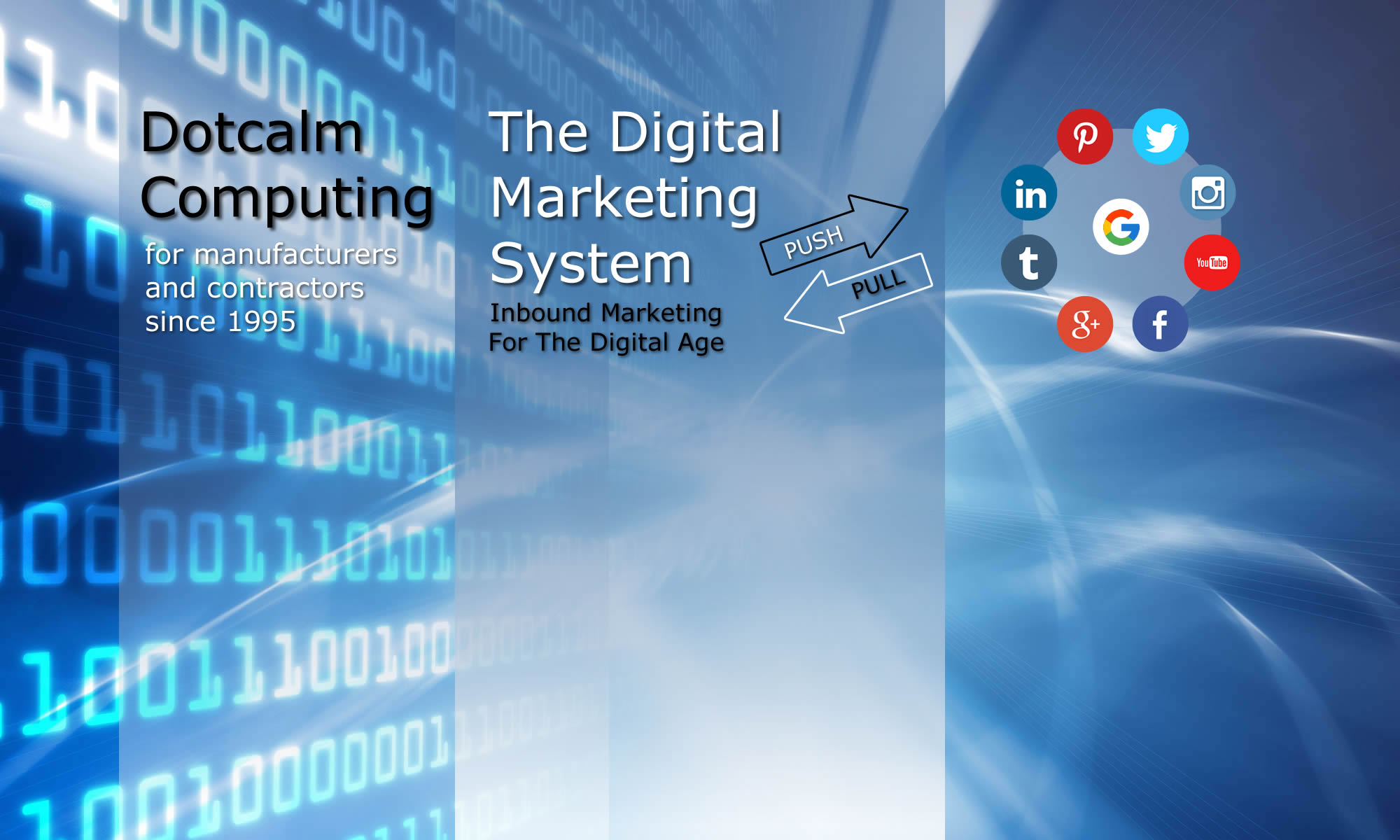Once your website starts generating leads from emails and form submissions it is important that you start looking at ways of improving the rate of converting those leads into sales. Here are some quick tips.
Selling your product using a website is not for the faint of heart. ISPs and hosting companies that never return your calls, web designers that take days to answer your emails, not to mention spam and viruses, can ruin what should be an exciting and learning experience.
These experiences, however annoying, should give you a hint on how not to run your own online business. Having a website is a lot like having your own store. When people walk in the door, you want them to have a pleasant experience, to have their questions answered in a polite, prompt and courteous manner. The same goes for a website. If someone fills out your online form or sends you an email, not answering that email is like ignoring a customer when they walk in the store. Here are four easy rules to follow if you plan on selling your products online using a website.
Calculating Return On Investment (ROI) and Percentage of Leads Converted
This is the single most important thing you can do to succeed with an online business. Know what percentage of the leads you are converting into sales and know what the rate of return is on the cost of operating and maintaining a website. The cost of an investment is always something that we look at first and this is mistake. To get a real picture of what is going on with your website, you need to know how much revenue the site is bringing in.
The Rate Of Return is the revenue generated minus the cost of having the website divided by the cost of the website multiplied by a hundred.
Rate of Return (%) = (Revenue minus Cost)/Cost x 100.
If your website is costing you $13,000.00 a year (including hosting and any advertising) and the website generated $20,000.00 in revenue, your rate of return should be 53.85%. That’s a good investment.
The problem is that most companies find it hard to track what revenue comes from the website especially when it comes to phone calls and walk-ins. Unless you make it a company policy to ask “how did you find us”, and you are meticulous about which leads have been converted into sales, your rate of return will remain something of a mystery. And that is not good.
Be Decisive and Prompt
People like email because it is anonymous and relatively risk free. But when they do decide to use email to ask a question or to get a quote, there is nothing more frustrating than receiving a response a week later. How often have you left a message on a business voice mail or answering machine and didn’t receive a response for several days or weeks? Did you enjoy that experience?
Some experts suggest that returning an email within a 24 hour period is good enough. I think your goal should not only be to be the first to reply to an email, but to do so in 5 seconds or less. Answering an email minutes if not seconds after you received it, is the most important moment in the entire sales transaction. It demonstrates a decisiveness and professionalism. If nothing else it will leaving a lasting impression of shock and awe.
Try to respond to these queries as fast as you can or at least within the same day or less whenever humanly possible. An exception might be an email you receive late Friday afternoon. But as a rule, customers appreciate a quick email response because it makes them feel important as opposed to feeling ignored. I can’t emphasize how many products my clients have sold a product online simply because they were the first to reply to a customer’s email. For a lot of customers, the true value of a product is not only its price, but on how well designed the product is, how fast they can get it and how fast their problems are solved. Time spent waiting for an email, is wasted time and money.
Email Font and Style
Even if you do, as a rule, reply to inquires within a 24 hour period, it is very important that you obey a few simple rules to avoid losing a potential customer, or worse yet, offending them. Rule #1: never use ALL CAPS in your messages. Its considered rude and compared to yelling at someone. Rule #2: Try to pick a font style that is pleasing to the eye and easy to read. A popular font is Arial. I find Times Roman hard to read and messy (but maybe that’s my bias). Try to avoid using colored text and stick with basic black text. Rule #3: always attach a signature to every outgoing email with your contact information. Make it as fancy as you want, but keep it simple and short.
Customer Friendly
Once your website is “search engine friendly”, the next step is to make it “customer friendly”. That not only means making your website informative and easy for customers to find specifications and technical data, but making your correspondence with them personal and friendly. Always thank them in your email correspondence for their business and avoid coming across as desperate or moody. Some customers can be extremely demanding. Unrealistic expectations are hard to correct. It helps if you know what their expectations were in the first place. If they aren’t realistic at least you can address them before you get started. If their demands are excessive, try to point that out as politely as possible and see if you can lower their expectations to the point where both parties can be happy.
Predictability Test
The predictability test is a time tested method for deciding whether or not you are going to purchase a product. There is nothing worse than having someone agree to a delivery date and then having to wait an extra day or week for the product to be delivered. Delivery schedules can be the difference between profitability or a loss and waiting for a product is a waste of time and money. If you can’t meet the agreed upon delivery date, don’t leave your customer in the dark as to what your next move might be. Keep them constantly up to date on what the problem is and what you plan on doing to solve it. Your honesty in cases like this can go a long way to making the late delivery almost acceptable.

